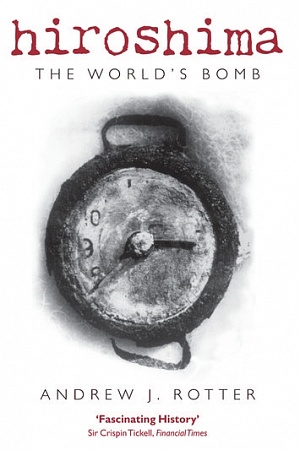That Magnificent 9th: An illustrated history of the 9th Australian Division
Allen & Unwin, $49.95 hb, 288 pp
Great upstarts
At 9:40 pm on 23 October 1942, in the North African desert, the heavens lit up with myriad flashes from more than one thousand guns, and the roar of the British Commonwealth Eighth Army’s opening barrage rolled out towards Field Marshal Rommel’s poised Panzerarmee Afrika. Promptly, at 10 pm, when two search-lights arced across the sky, beams crossing, the waiting infantry from Australia, Scotland, New Zealand, South Africa, India, and Great Britain rose from weapon pits, where they had been lying doggo all day, and began to fight their way forward through wired and dug defences, and ingeniously laid enemy minefields stretching up to six thousand metres deep.
The intense fighting that followed over the next twelve days is recounted graphically in Alamein, co-authored by Mark Johnston, Head of History at Scotch College, Melbourne, and Peter Stanley, of the Australian War Memorial. Their concentration, underlined by the book’s subtitle, is on the Australian 9th Division’s part in the battle. It deserves that emphasis. Partisan chest-thumping aside, its part in the battle, on the right of the line and defending the main road and railway approaches to the Nile delta and Cairo, was absolutely crucial, a fact that General Bernard Montgomery acknowledged at the time, and after the war.
It was Montgomery’s intention to use the 9th Division to undertake a series of ‘crumbling’ operations by attacking north, parallel to the front line, that had the effect of attracting the bulk of Rommel’s tank forces to that area and tying them up. So successful were these operations (at great human cost to the 9th), they allowed Montgomery’s other forces to make a decisive breakout further south. That operation, ‘Super-charge’, forced Panzerarmee Afrika into decisive retreat after twelve days of round-the-clock fighting and bombing by the Desert Air Force, including two RAAF fighter squadrons. This heralded the end of German–Italian hopes in Africa.
Continue reading for only $10 per month. Subscribe and gain full access to Australian Book Review. Already a subscriber? Sign in. If you need assistance, feel free to contact us.










Leave a comment
If you are an ABR subscriber, you will need to sign in to post a comment.
If you have forgotten your sign in details, or if you receive an error message when trying to submit your comment, please email your comment (and the name of the article to which it relates) to ABR Comments. We will review your comment and, subject to approval, we will post it under your name.
Please note that all comments must be approved by ABR and comply with our Terms & Conditions.